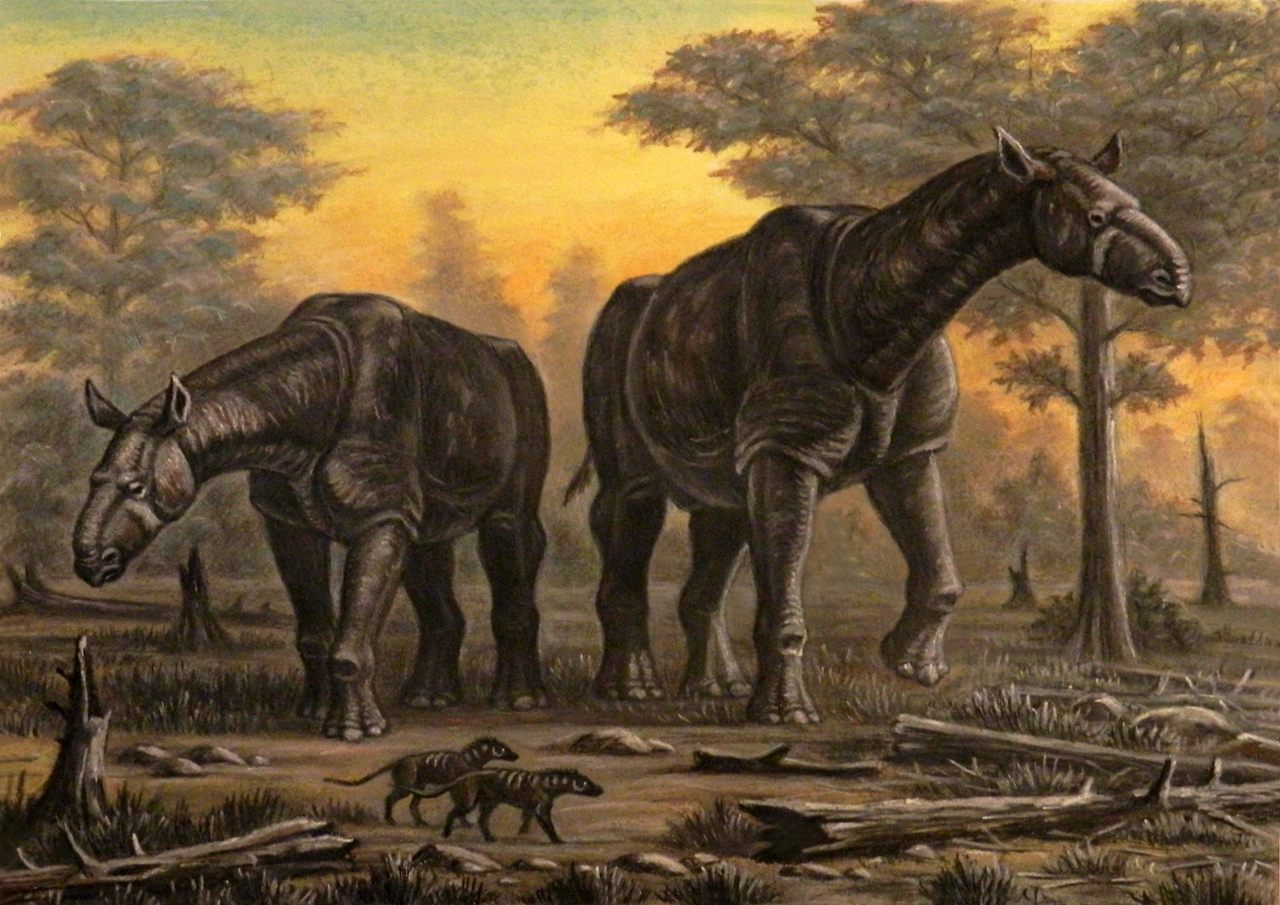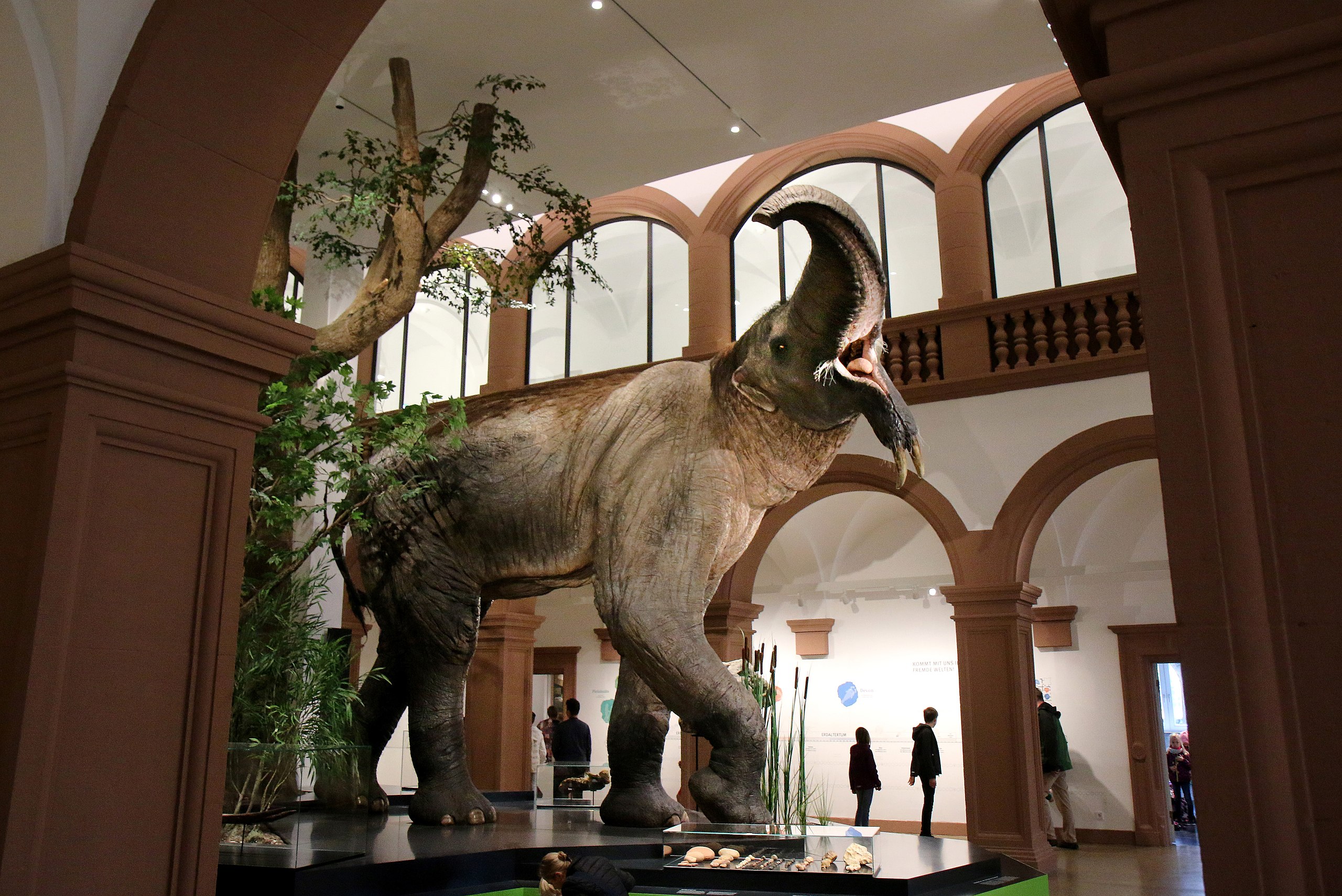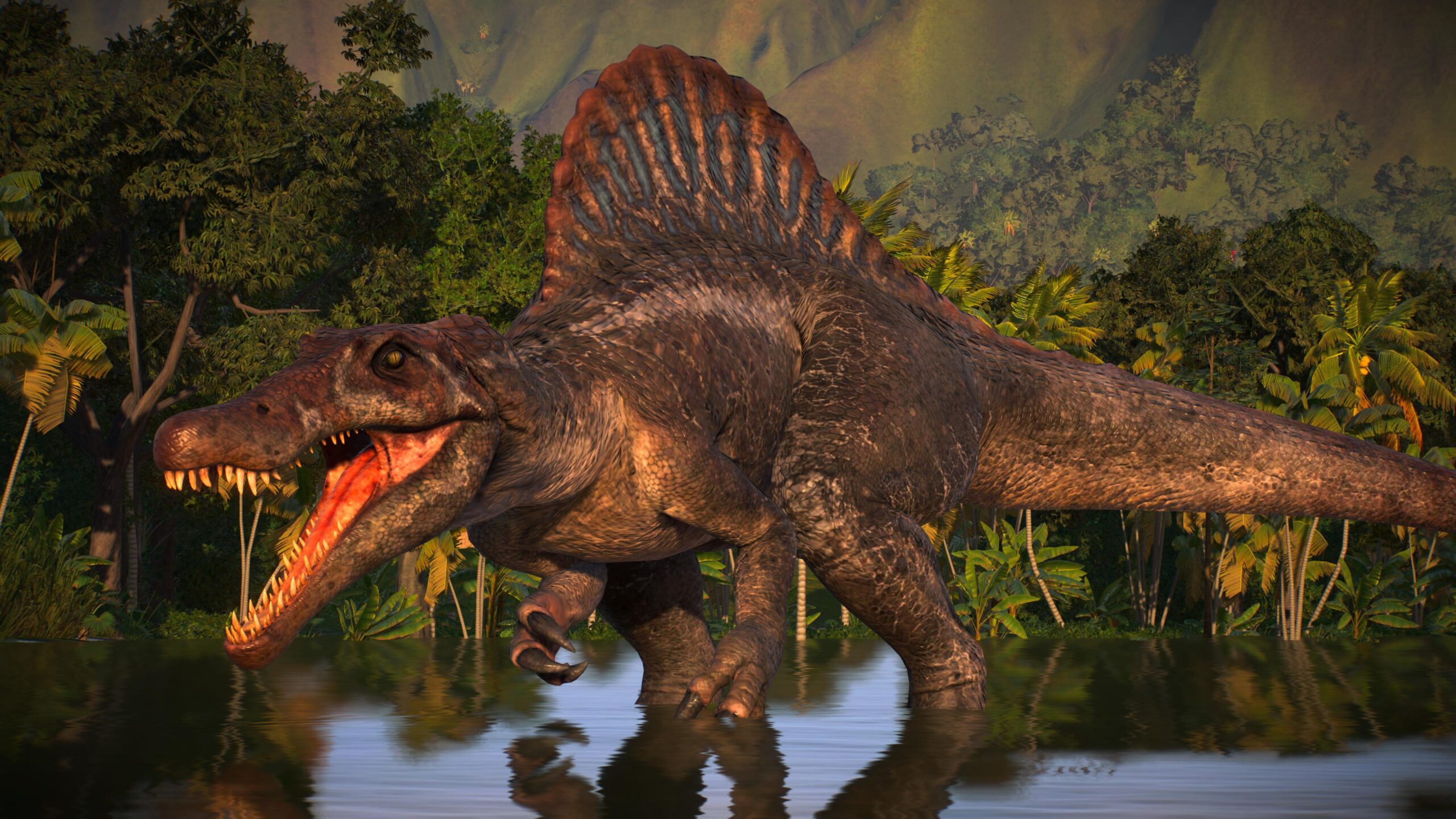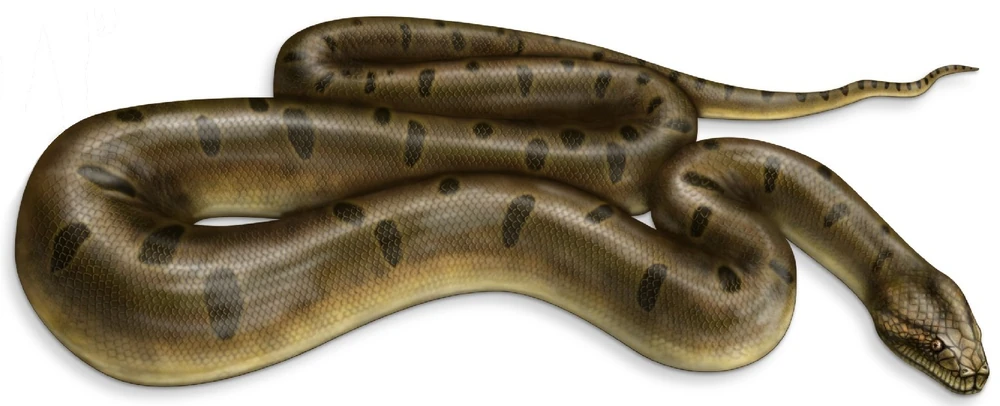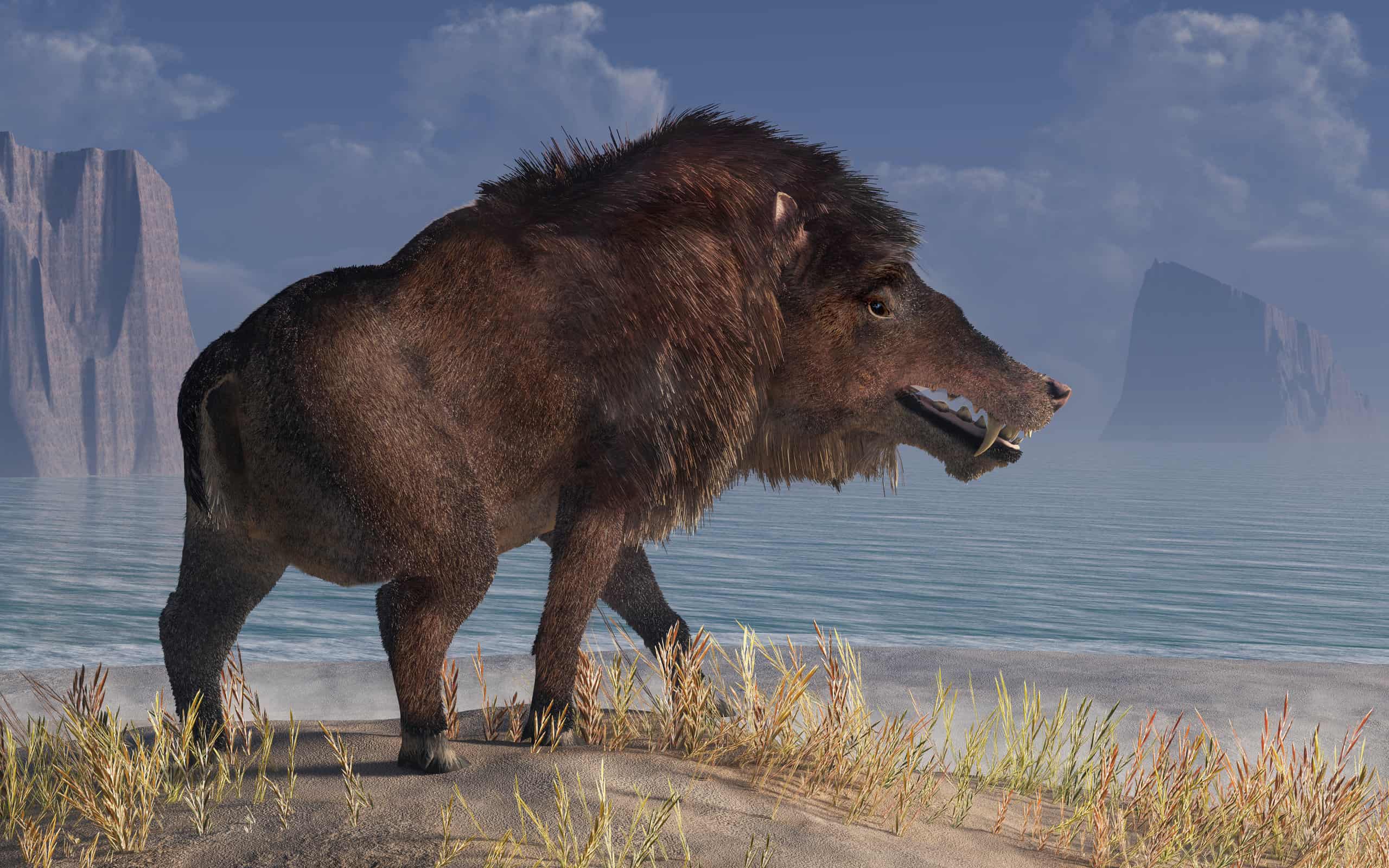Pakistan’s history is rich with prehistoric creatures that once roamed the region. These animals were often enormous in size and roamed freely in a landscape very different from what we see today. They were an important part of the ecosystem and played a vital role in maintaining the delicate balance of nature.
These creatures were diverse and included both herbivores and carnivores. Some of the herbivores were enormous in size, weighing several tons. Some had long necks and legs that allowed them to reach high branches and leaves for food. Others herbivores had powerful trunks and tusks that they used for defense and foraging. In addition to that, the carnivores had sharp teeth and powerful jaws that could take down even the largest prey. These magnificent creatures had adapted to their environment in a way that allowed them to thrive and dominate the landscape for millions of years. Enormous extinct creatures that once roamed modern-day Pakistan are fascinating and mysterious. Let’s take a closer look at some of the most interesting and impressive prehistoric beasts of Pakistan.
Indricotherium/Baluchitherium
First on the list is the Indricotherium, also known as the Baluchitherium or the “giant rhinoceros.” This massive herbivore weighed up to 20 tons and stood over 18 feet tall at the shoulder, making it one of the largest land mammals to have ever existed. Its long neck and high shoulders allowed it to browse on high tree branches, and its sturdy legs could support its enormous bulk.
Interestingly, Baluchitherium was not related to modern-day rhinoceroses, despite its name. Instead, it was more closely related to horses and tapirs. Baluchitherium likely lived in a forested environment, feeding on leaves, twigs, and other vegetation. While it’s massive size would have made it almost invincible to predators, it likely faced threats from packs of carnivorous mammals.
Baluchitherium lived during the Oligocene epoch, around 34 to 23 million years ago. Its fossils have been found in Pakistan, as well as other parts of Asia and Europe. Most notable discoveries are based in Balochistan around the area of Bugti Hills. Today, Baluchitherium is an important part of the fossil record, providing valuable insights into the evolution and diversity of prehistoric mammals.
Deinotherium
Another giant herbivore from Pakistan’s past is the Deinotherium, a distant relative of modern-day elephants. This massive animal was an elephant relative and stood up to 13 feet tall at the shoulders. Deinotherium has downward-facing tusks which sets it apart from all other Elephants. These unique tusks were used to tear down barks from trees. These tusks could grow up to 4 feet in length and were often accompanied by a set of smaller, upward-facing tusks in the upper jaw.Despite its formidable appearance, Deinotherium likely fed on soft vegetation, using its tusks to strip bark from trees and its massive molars to grind up plant matter.
Deinotherium lived during the Miocene epoch, around 23 to 5 million years ago. Fossils of this great Elephant are regularly discovered all over the world including parts of Pakistan. Scientists believe that Deinotherium may have gone extinct due to climate change and competition for resources, as well as the emergence of more advanced elephant species. Despite its extinction, Deinotherium remains an important part of the fossil record, helping scientists to better understand the evolution and diversity of prehistoric mammals.
Spinosaurus
Moving on to the most famous star on the list, we have the Spinosaurus, a massive dinosaur that lived during the Cretaceous period. Spinosaurus was a fearsome prehistoric creature that lived in what is now modern-day Pakistan, among other parts of the world. This enormous predator measured up to 50 feet in length and weighed as much as 20 tons. It was larger than the Tyrannosaurus rex, with a sail-like structure on its back that may have helped it regulate its body temperature.
In addition, Spinosaurus had a long, narrow snout and sharp, conical teeth. It would use these weapons to catch fish from lakes and rivers that once covered Pakistan, as well as other dinosaurs and animals. Despite its size and power, Spinosaurus likely faced competition from other predators, such as the ferocious Tyrannosaurus rex.
Spinosaurus lived during the Cretaceous period, around 112 to 93 million years ago. Its fossils have been found in various parts of Pakistan. Fossils of this magnificent predator still fascinate scientists from all over the world. Recent discoveries have shed new light on this remarkable creature. For example, recent fossil finds have revealed that Spinosaurus was actually a semi-aquatic dinosaur, spending much of its time in water and using its long, powerful tail to swim. In addition, Spinosaurus has gained immense popularity fueled by its appearance in popular culture, including films and video games.
Titanoboa
Titanoboa was a giant prehistoric snake that lived in what is now modern-day Pakistan. This enormous serpent measured up to 42 feet in length and weighed as much as 2,500 pounds. Titanoboa lived during the Paleocene epoch, around 60 to 58 million years ago. Its fossils are still found in various parts of Pakistan.
What set Titanoboa apart from other snakes were its incredible size and strength, as well as its ability to hunt and kill large prey. Despite its fearsome appearance, Titanoboa likely fed primarily on fish. It would use its powerful jaws and flexible body to catch and swallow its prey whole.
The discovery of Titanoboa has challenged some of our assumptions about what was possible in terms of the size and capabilities of snakes. For example, studies have shown that Titanoboa was able to move efficiently despite its size. It did so by using a combination of undulating movements and high friction against the ground. Today, scientists continue to study the remains of Titanoboa in order to learn more about this remarkable snake and the world in which it lived.
Andrewsarchus
Another ferocious predator from Pakistan’s past was the Andrewsarchus, a massive mammal that resembled a wolf on steroids. It was one of the largest carnivorous mammals to have ever lived, weighing up to 2,200 pounds and standing over 6 feet tall at the shoulder.
Andrewsarchus can easily be differentiated from other mammals through its large size, sharp teeth, and powerful jaws. Its powerful jaws have huge and sharp teeth. It is very likely that Andrewsarchus hunted large prey such as horses and camels. Studies have shown that Andrewsarchus had a highly specialized skull structure that allowed it to generate a powerful bite force, despite its relatively small brain.
Andrewsarchus was alive during the Eocene epoch, around 45 to 36 million years ago. Its fossils have been found in various parts of Pakistan, as well as other regions of Asia. Recent research suggests that Andrewsarchus may have been a member of the Mesonychids. It is a group of carnivorous mammals that were common during the Eocene.
These are just a few of the enormous extinct creatures that once roamed modern-day Pakistan. Their fossils and remains provide valuable insights into the ancient ecosystems of the region and help us understand the evolution of life on our planet. The legacy of these creatures lives on in the fossil record and in our imaginations.

